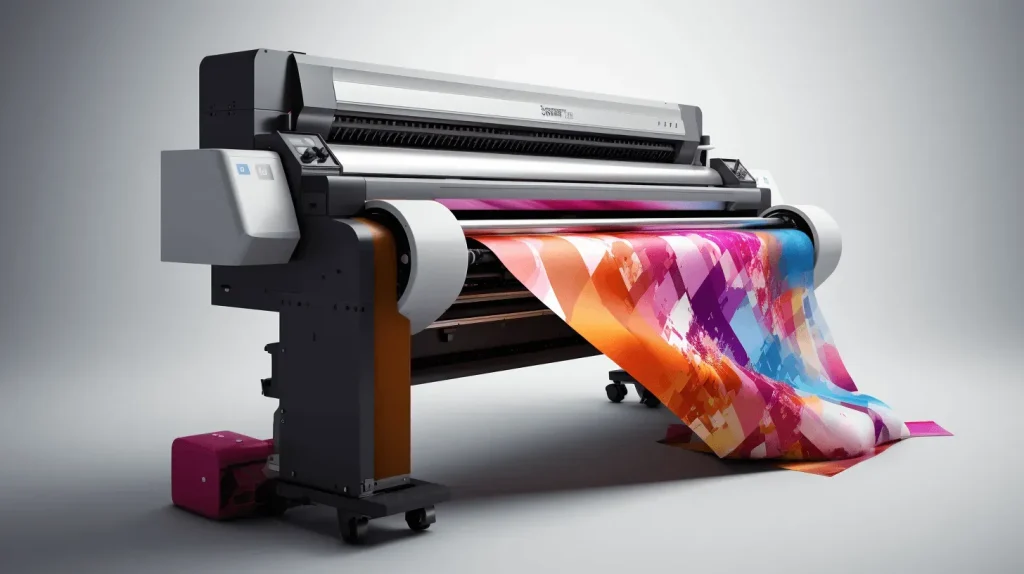In the vibrant landscape of modern apparel, **DTF printing**, or Direct-to-Film printing, has rapidly gained traction among designers, becoming a favorite for its exceptional quality and versatility. This innovative technique allows for high-quality prints that bring intricate designs to life, capturing the detailed vision of creators with stunning clarity. Moreover, DTF printing stands out as a cost-effective printing option, making it accessible for both seasoned professionals and emerging designers looking to make their mark. With its ability to seamlessly transfer prints onto a variety of fabrics, DTF offers an indispensable tool for customization, meeting the diverse needs of today’s consumers. As we delve deeper into the advantages and trends surrounding DTF printing, it becomes evident why this method is shining brightly in the world of design.
Often referred to as Direct-to-Film technology, DTF printing represents a groundbreaking advancement in the realm of textile printing. By leveraging this method, designers can create vibrant, high-resolution prints that are both economical and adaptable to various products. The flexibility offered by this printing style allows for the development of personalized items, catering to niche markets and individual tastes. Additionally, as brands increasingly shift towards sustainable practices, the eco-friendly potential of DTF printing resonates with a growing consumer base. Therefore, this approach is not just a choice but an essential strategy for those looking to thrive in a competitive fashion landscape.
Understanding the Basics of DTF Printing
DTF printing, which stands for Direct-to-Film printing, is a process that involves printing high-quality designs onto a specialized film. This film is then transferred onto various fabrics using heat, allowing for vibrant, full-color prints that retain intricate details. Unlike traditional printing methods that may require multiple setups for different colors, DTF printing streamlines the process by offering a single transfer that can encompass a wide spectrum of colors and designs.
The increasing prevalence of DTF printing in the design industry reflects its adaptability and effectiveness. Designers appreciate its potential not just for standard textiles, but also for varied materials such as polyester blends and canvas. This versatility makes it easier for creators to explore new products, connect with different market segments, and reflect diverse consumer preferences.
Key Advantages of DTF Printing for Designers
One of the primary benefits of DTF printing lies in its capability to produce high-resolution and durable prints. This high-quality finish ensures that complex designs, filled with vibrant colors and intricate details, appear exactly as envisioned by designers. The strength of DTF printing also means that garments will withstand washing and wear without losing their aesthetic appeal, making it ideal for fashion labels that prioritize longevity and quality.
Additionally, the cost-effectiveness of DTF printing cannot be overlooked. With its minimal setup costs and reduced overheads, many designers find this method financially accessible, allowing them to take on smaller production runs without the financial strain typically associated with traditional screen printing methods. This affordability opens the door for independent artists and small businesses to thrive.
The Versatility of DTF Printing Across Industries
DTF printing’s versatility extends far beyond clothing; it is applicable on various products, including accessories, bags, and even home textiles. This wide-ranging capability enables designers to think outside the box and develop unique product offerings that appeal to a broader consumer base. By utilizing DTF printing technology, businesses can cater to the growing demand for customized and personalized items that resonate with today’s consumers.
Furthermore, the ease with which DTF printing can be integrated into existing workflows allows designers to experiment with different materials and designs efficiently. This adaptability not only fosters creativity but also encourages innovation within product lines, ensuring that brands remain relevant and engaging in a competitive market.
Cost-Effective Solutions for Small Businesses
The rise of DTF printing is particularly significant for small businesses and independent designers seeking cost-effective solutions. With traditionally high entry costs associated with printing technologies like screen printing, DTF offers a lower barrier to entry. As equipment prices decrease and processes become more efficient, designers are finding that they can produce high-quality prints without sacrificing their budgets.
This financial accessibility is crucial for small businesses aiming to maintain competitive pricing while ensuring quality in their products. With DTF printing, these businesses can offer unique, custom designs that attract customers without compromising on materials or print integrity.
Current Trends in DTF Printing Technology
As 2023 progresses, the adoption of DTF printing technology is shaping key trends within the fashion and design sectors. More businesses are leveraging this method not only for its quality but also for its responsiveness to changing consumer needs. The agility of DTF printing allows establishments to fulfill orders without maintaining large inventories, aligning perfectly with the on-demand model gaining traction in e-commerce.
Companies are also striving to integrate sustainability into their processes, leading to the development of eco-friendly inks and materials specific to DTF printing. This evolution caters to a market increasingly concerned with environmental impact, proving that DTF technology can be both innovative and responsible.
The Future of DTF Printing and Sustainable Practices
Looking ahead, the future of DTF printing appears bright as more designers recognize the importance of sustainable practices within their production processes. As consumer demand for environmentally friendly products rises, DTF printing stands out due to its potential for utilizing sustainable inks and materials. This focus not only aligns with consumer values but can also bolster brand loyalty for companies that prioritize sustainability.
With advancements in technology, DTF printing is likely to continue evolving, offering even more efficient solutions and higher quality outputs. As designers adapt to these innovations, they will be better positioned to meet the demands of modern consumers seeking high-quality prints that make a statement—both in terms of style and environmental impact.
Frequently Asked Questions
What is DTF printing and how does it work?
DTF printing, or Direct-to-Film printing, is a modern printing technique where high-quality images are printed onto a special film. This film is then transferred onto textiles using heat. Unlike traditional printing methods, DTF printing is capable of producing vibrant full-color designs with intricate details on various materials, making it a versatile choice for designers.
Why is DTF printing considered cost-effective for small businesses?
DTF printing is recognized as a cost-effective printing solution because it involves lower equipment and material costs compared to traditional methods like screen printing. This affordability allows small businesses to manage smaller production runs economically, providing them the capability to offer customized products without significant upfront investments.
What are the quality benefits of using DTF printing for designers?
Using DTF printing allows designers to achieve high-resolution prints with vivid colors and intricate details. The technique enhances color accuracy and durability, ensuring that prints withstand wash cycles without fading or cracking, making it an ideal choice for producing long-lasting apparel.
How versatile is DTF printing for different materials and products?
The versatility of DTF printing is one of its major advantages; it can be applied to a wide range of materials, including cotton, polyester, and blends. Additionally, it is not limited to just t-shirts but also works on bags and various fabric types, enabling designers to explore diverse product lines and customization options.
What makes DTF printing user-friendly for designers?
DTF printing is considered user-friendly due to its simple setup and operation, requiring less training and workspace than traditional printing methods. The process includes fewer materials and utilizes adhesive powder during transfers, streamlining production workflows and enhancing efficiency for designers.
Are there any current trends related to DTF printing in 2023?
Current trends in DTF printing include its increasing adoption by small businesses, the development of sustainable materials for inks and supports, and its integration with e-commerce platforms. These trends highlight DTF printing’s ability to meet consumer demand for customizable, eco-friendly products while allowing for efficient production without large stock inventories.
| Key Point | Description |
|---|---|
| What is DTF Printing? | A method of printing using a special film that allows high-quality prints to be transferred onto various textiles. |
| Quality and Detail | Produces high-resolution prints with vibrant colors, ideal for intricate designs. |
| Cost-Effectiveness | Lower equipment and material costs make it affordable for smaller runs, benefiting small businesses. |
| Versatility | Applicable on various surfaces including bags and accessories, allowing for diverse product offerings. |
| Ease of Use | Straightforward process that requires minimal training and workspace. |
| Durability | DTF prints withstand washings without fading, ensuring long-lasting quality of products. |
| Current Trends | Increasing adoption by small businesses, focus on sustainable materials, and integration with e-commerce. |
Summary
DTF printing is emerging as the premier choice for designers in 2023, thanks to its exceptional quality and versatility. This modern printing technique enables high-resolution prints on a variety of fabrics, meeting the demands of intricate designs with vibrant color. As the process becomes more cost-effective and user-friendly, it appeals to small businesses and custom apparel brands looking to innovate without the hefty investments required by traditional methods. Additionally, the adaptability of DTF printing fosters creativity across different products, while its durability ensures that designs remain in pristine condition through repeated washes. With the current trends pointing towards sustainable practices and online retail integration, DTF printing is not just a fleeting trend but a significant advancement in the future of fashion and design.



